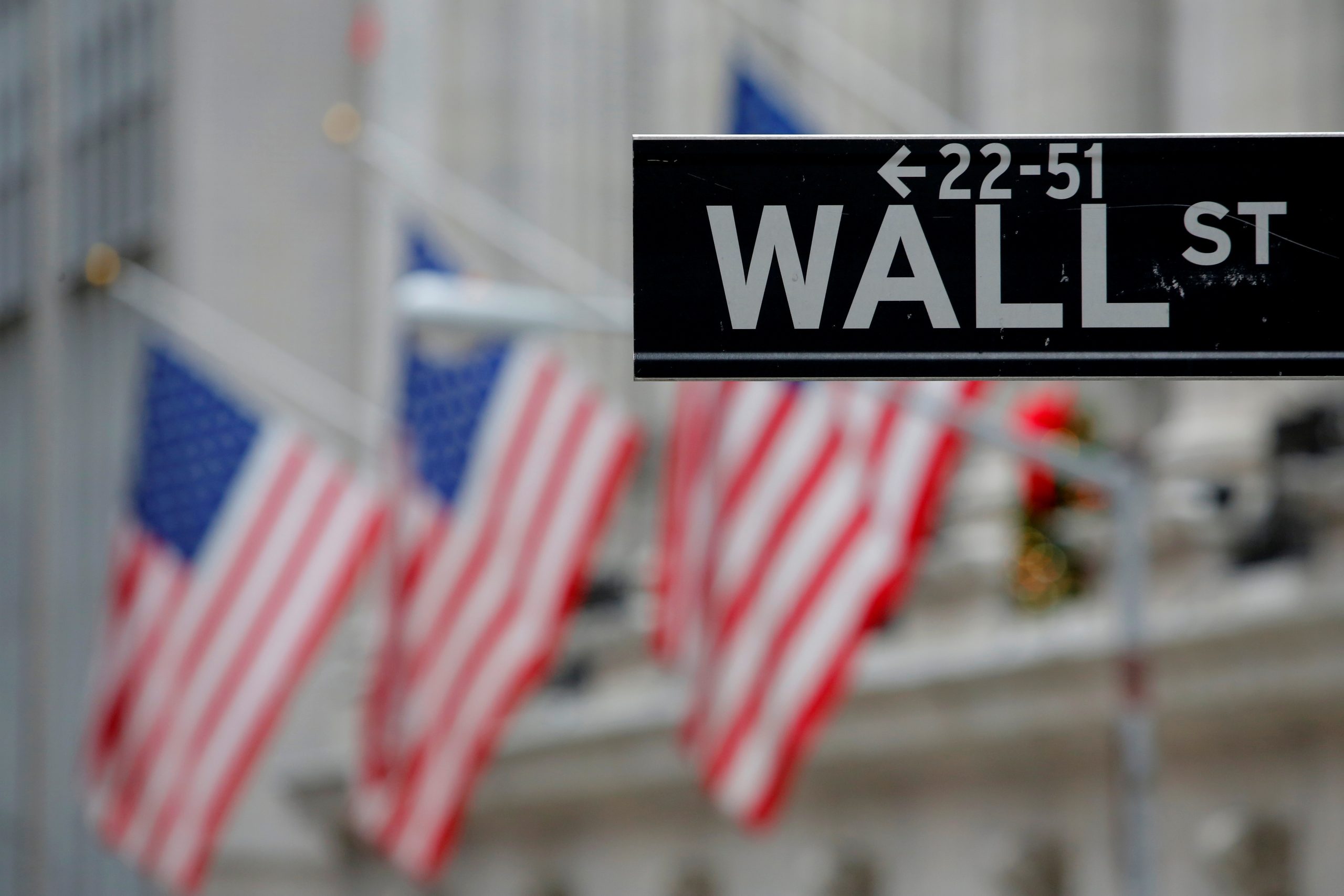A significant financial exodus from Wall Street is causing New York City to hemorrhage staggering amounts of money, redirecting business opportunities to states in the southern United States, most notably Florida.
According to data compiled from 17,000 companies by Bloomberg, nearly 160 Wall Street firms have made the decision to relocate their headquarters away from New York City since the close of 2019. This shift has resulted in the transfer of almost $1 trillion in assets under management.
These firms, totaling 158 in number, moved out of New York City primarily due to concerns related to rising crime rates, high taxes, and an increasingly unaffordable cost of living. The cumulative AUM of these firms amounts to an astounding $993 billion.
Prominent among these firms is Icahn Capital Management, led by billionaire corporate raider Carl Icahn. In August 2020, the firm abandoned its luxurious Manhattan location at the General Motors Building on Fifth Avenue, opting instead for a 14-story office complex situated in a Miami suburb.
Currently managing $22.2 billion in assets, Icahn Capital Management is now located just a short distance from Carl Icahn’s residence in Indian Creek Village, Florida.
Moving south
Another noteworthy example is Elliott Management, a hedge fund led by Paul Singer, which controls a total of $59.2 billion in assets. In October 2020, the firm shifted its headquarters from Midtown Manhattan to West Palm Beach, Florida.
Cathie Wood, renowned for her bold investment in Tesla, moved her firm ARK Investment Management, which manages assets worth $24.7 billion, to St. Petersburg, Florida, in 2021.
Of the 158 companies from New York that have relocated, 56 have chosen Florida as their new base of operations. Many of the remaining firms have similarly chosen to move to warmer states such as Texas and the Carolinas.
The financial exodus from New York is not an isolated occurrence; California has also lost $1 trillion in financial assets under management to states like Florida, Texas, and other regions with a lower cost of living.
NYC economy
The departure of financial firms poses a serious threat to the city’s economy. Wall Street alone accounted for 16% of the city’s economic activity in the previous year and 7.3% of economic activity across the state, marking the highest percentage in the nation by a significant margin, as the national average is just 1.7%.
Additionally, the mass migration of financial firms has substantial tax implications for both New York City and the state. In the preceding year, financial firms contributed $5.4 billion in taxes to New York City and represented nearly a quarter of all personal income tax collections.
Tax revenue from the financial industry is anticipated to experience a significant decline, with repercussions expected for the state, which heavily relies on personal income taxes. As of 2022, New York’s share of financial industry jobs was 17.6%, a drastic reduction from the one-third share it held in 1990. The report highlights that “jobs have shifted to lower-cost regions.”
Prominent firms, including Goldman Sachs, have embraced lower-cost regions for expansion. Goldman Sachs, for instance, is investing significantly in Dallas, where the cost of living is approximately 40% cheaper than in New York.
Leaving town
Goldman Sachs is in the process of constructing a three-building campus near downtown Dallas. This $500 million, 815,000-square-foot development, scheduled to open in 2027, was made possible by $18 million in tax breaks granted by the city.
Other notable firms, including Icahn Enterprises and AllianceBernstein, have also relocated their headquarters away from New York to more cost-efficient locations.




 News2 days ago
News2 days ago


 Ticker Views2 days ago
Ticker Views2 days ago


 News3 days ago
News3 days ago


 News1 day ago
News1 day ago


 News2 days ago
News2 days ago


 News4 days ago
News4 days ago


 News3 days ago
News3 days ago


 News3 days ago
News3 days ago







